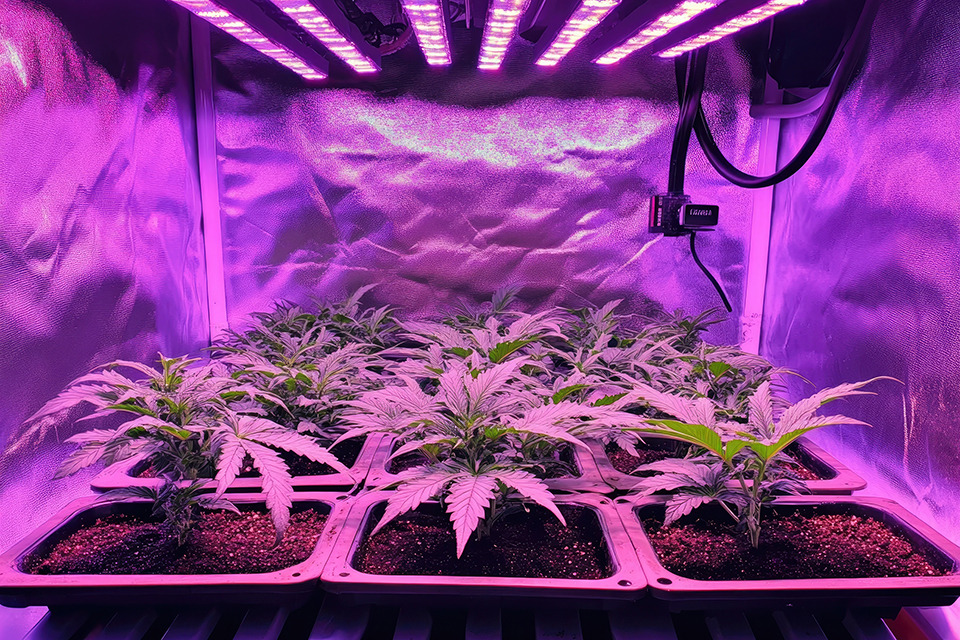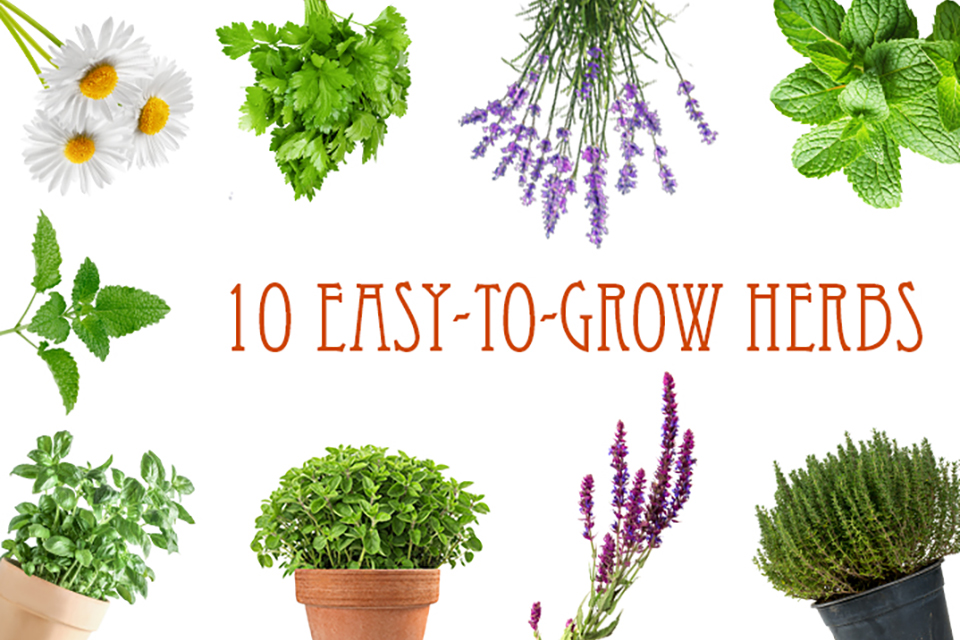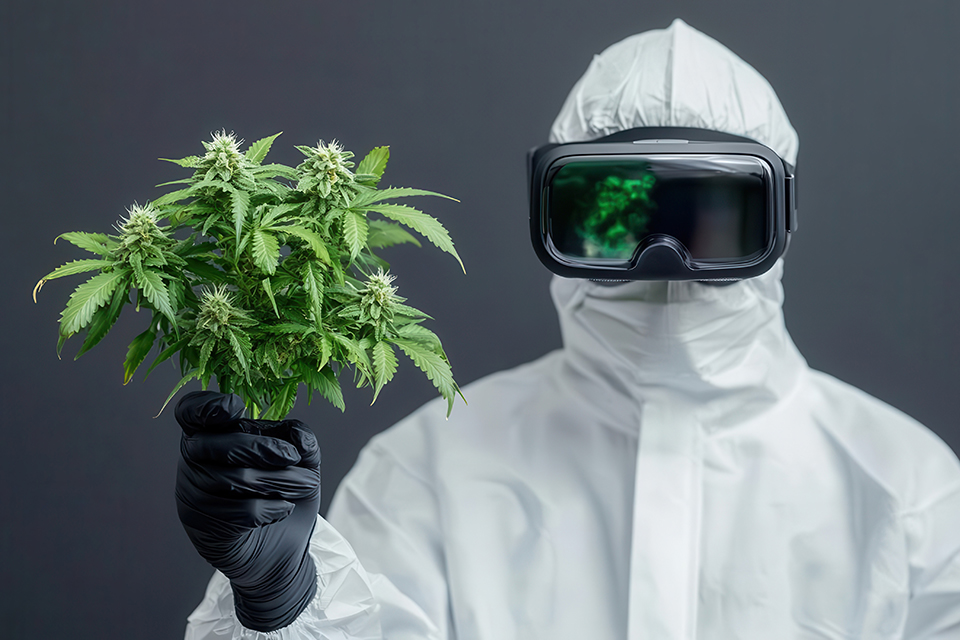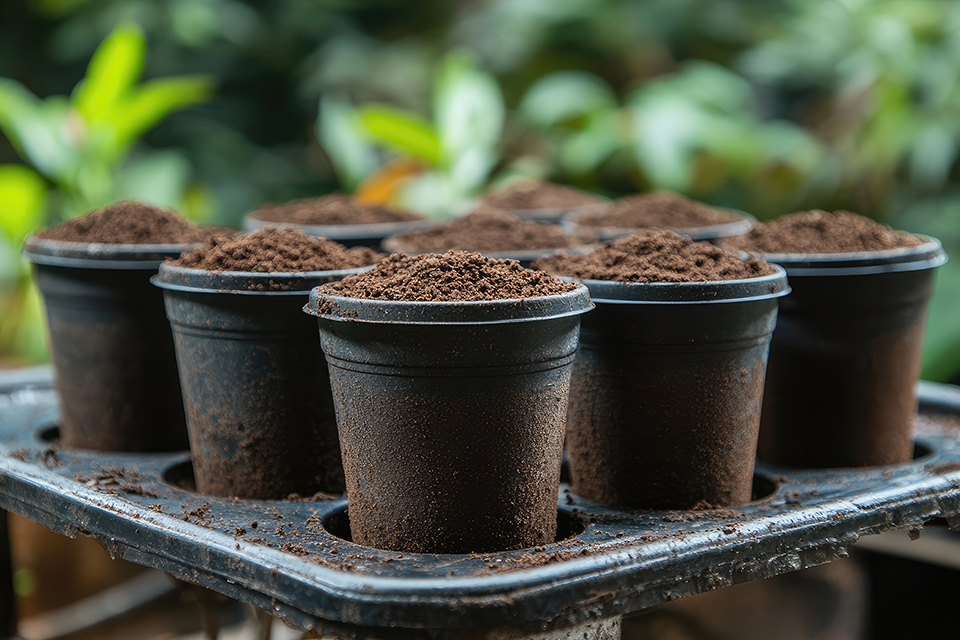
Understanding the role of light wavelengths is essential for growers aiming to enhance their cannabis yields. Different parts of the light spectrum, from blue to red, uniquely influence cannabinoid production, impacting the crop’s potency and quality.
Understanding Light Wavelengths
Light wavelengths are essential for plant growth, influencing various biological processes. They are measured in nanometers (nm) and represent the distance between peaks of light waves. The visible spectrum, from about 380 to 750 nm, includes colors crucial for photosynthesis and other plant functions.
For cannabis cultivation, knowing the visible spectrum is important. Blue light, ranging from 400-500 nm, and red light, from 600-700 nm, each have distinct effects on plants. These colors impact growth patterns, flowering, and cannabinoid production.
The Role of Light in Cannabinoid Production
Light is essential for cannabis growth, influencing both the plant’s development and its cannabinoid production. Cannabinoids like THC and CBD, which give cannabis its psychoactive and therapeutic effects, are synthesized in response to light exposure. Different light wavelengths can trigger specific biological processes within the plant.
While photosynthesis is the primary way plants use light to convert energy, light also affects the plant’s internal chemistry. Certain wavelengths can boost the production of particular cannabinoids, impacting both the yield’s quantity and quality.
The timing and intensity of light exposure are crucial throughout the plant’s life cycle. During the vegetative stage, light helps build strong plant structures. In the flowering stage, light is vital for maximizing cannabinoid production. By understanding these dynamics, home growers can adjust their lighting strategies to enhance their crop’s potency and effectiveness.
Key Light Wavelengths and Their Effects
Understanding how different light wavelengths influence cannabis plants can significantly enhance cannabinoid production. Each part of the light spectrum contributes uniquely to plant growth and the synthesis of cannabinoids like THC and CBD.
Blue Light (400-500 nm)
Blue light is essential during the vegetative stage, promoting strong stem and leaf growth. This wavelength supports the plant’s structure and boosts the production of THC and CBD, enhancing both the potency and therapeutic value of cannabis. Its role in early growth stages makes it a vital component for growers aiming to maximize cannabinoid output.
Red Light (600-700 nm)
When cannabis plants enter the flowering stage, red light becomes key. It stimulates flowering and enhances cannabinoid synthesis, leading to larger, more abundant flowers. By focusing on red light exposure during this phase, growers can achieve a richer cannabinoid profile and a more bountiful harvest.
Far-Red Light (700-800 nm)
Though less discussed, far-red light influences the flowering and stretching of cannabis plants. It encourages elongation, potentially increasing light absorption. While research is ongoing, scientists believe that far-red light complements red light, further boosting cannabinoid production. Effective use of far-red light can help growers improve their crops’ quality and yield.
Balancing Light Spectrums for Optimal Growth
Finding the right balance of light wavelengths is key for home growers aiming to boost cannabinoid production. Combining blue, red, and far-red light creates an environment that supports cannabis plants at every growth stage. Blue light is vital early on for building strong plant structures, while red and far-red lights take center stage during flowering, enhancing both bloom and cannabinoid levels.
It is crucial to adjust light intensity and timing to fit the plant’s growth phase. In the vegetative phase, more blue light encourages healthy development. As plants shift to flowering, increasing red and far-red light can promote bud growth and cannabinoid synthesis.
Practical Tips for Home Growers
Maximizing cannabinoid production requires a thoughtful approach to lighting. Here are some practical tips for optimizing light conditions in cannabis cultivation:
- Choose full-spectrum LED lights: These lights are efficient and mimic natural sunlight, providing the necessary wavelengths for all growth stages. They ensure plants get the right light for cannabinoid synthesis throughout their lifecycle.
- Adjust light intensity and duration: Tailor light settings to the plant’s growth phase. Use longer light periods with higher blue light intensity during the vegetative stage. As plants move to flowering, reduce the hours of light and increase red light exposure to boost bud development and cannabinoid production.
- Monitor and adapt to plant needs: Keep an eye on plant responses to lighting. Changes in leaf color or plant stretching can signal the need for adjustments. Use these cues to fine-tune light settings for optimal growth and cannabinoid synthesis.
- Utilize light meters: A light meter can help measure light intensity and distribution, ensuring even coverage and preventing hotspots. This ensures all plants receive adequate light for consistent growth and cannabinoid development.
- Consider supplemental lighting: Supplemental lighting can enhance growth in areas with limited natural light. Adding specific wavelengths, like far-red light, can improve flowering and cannabinoid levels, especially in indoor setups.
By implementing these strategies, home growers can create an ideal lighting environment that supports healthy plant growth and maximizes cannabinoid production, producing a more potent and high-quality cannabis harvest.
Using Wavelengths to Optimize Cannabinoid Production
Applying a balanced light spectrum approach leads to more potent and plentiful cannabis harvests. Utilizing full-spectrum LED lights and adjusting light intensity and duration to match growth phases can notably improve crop quality and yield. Tools like light meters help fine-tune this process, ensuring optimal conditions for every plant.
Understanding how light wavelengths affect cannabinoid production unlocks the full potential of the plants for both therapeutic and recreational use.



